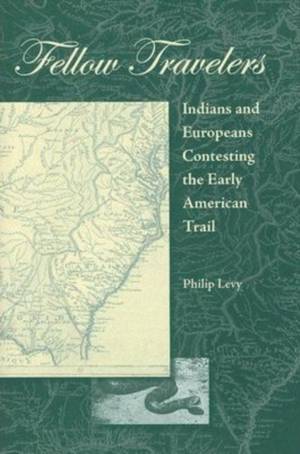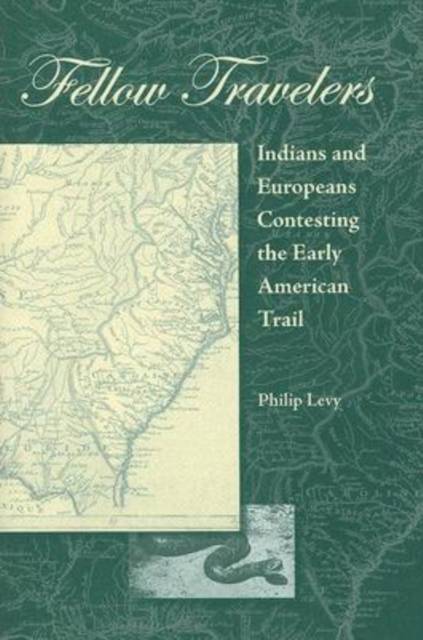
- Retrait gratuit dans votre magasin Club
- 7.000.000 titres dans notre catalogue
- Payer en toute sécurité
- Toujours un magasin près de chez vous
- Retrait gratuit dans votre magasin Club
- 7.000.0000 titres dans notre catalogue
- Payer en toute sécurité
- Toujours un magasin près de chez vous
83,95 €
+ 167 points
Description
When Europeans first arrived on North American shores, they came to a continent crisscrossed by a well-trodden network of native trails. This study of 16th- to 19-century native and European travel companions, or ""fellow travelers,"" as Levy calls them, draws on anthropological studies and applies ethnohistorical methodology.
Spécifications
Parties prenantes
- Auteur(s) :
- Editeur:
Contenu
- Nombre de pages :
- 256
Caractéristiques
- EAN:
- 9780813030586
- Date de parution :
- 30-05-07
- Format:
- Livre relié
- Poids :
- 462 g

Les avis
Nous publions uniquement les avis qui respectent les conditions requises. Consultez nos conditions pour les avis.






